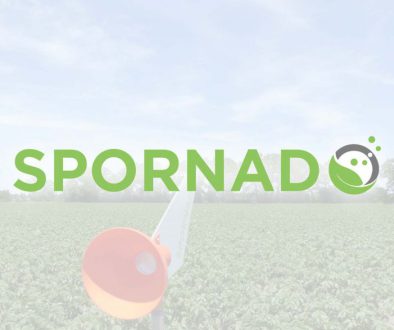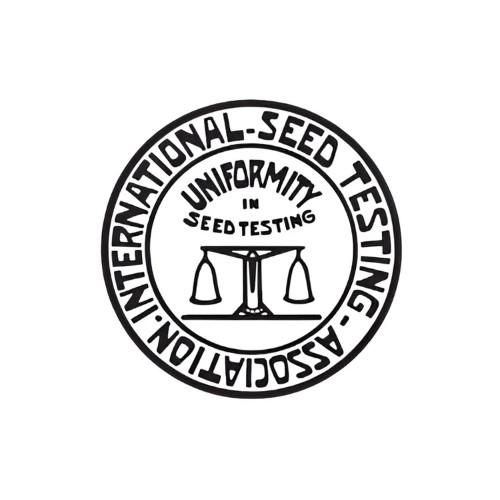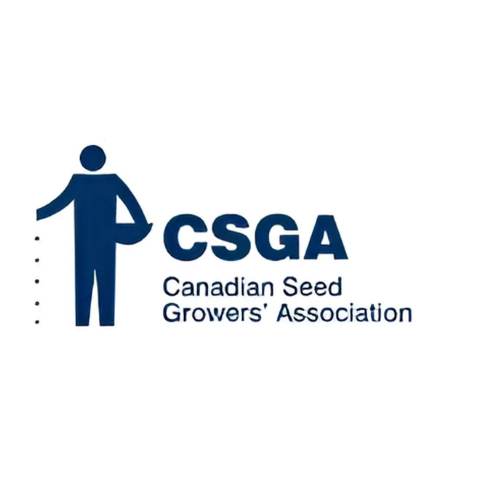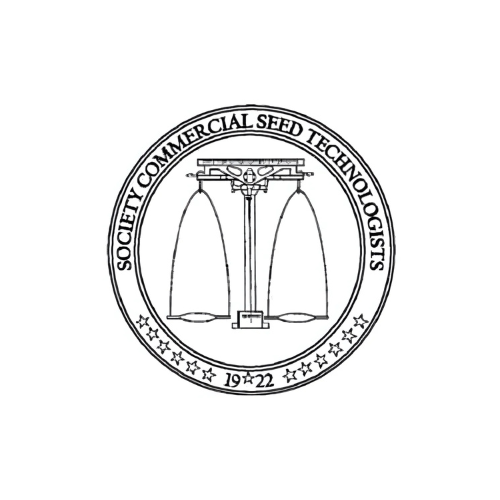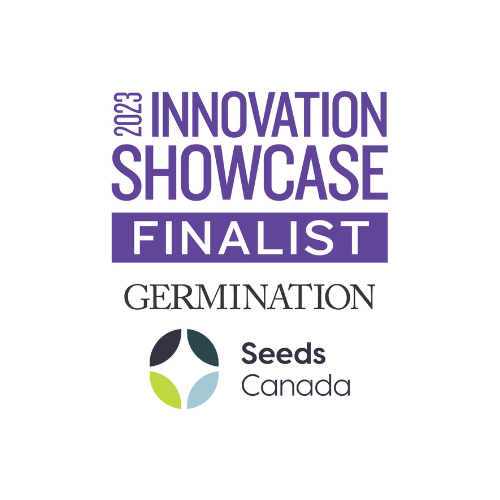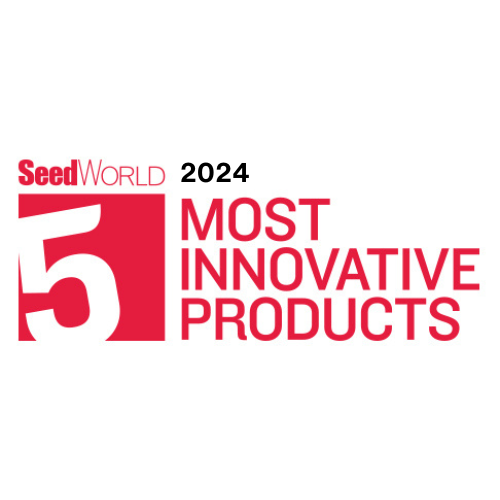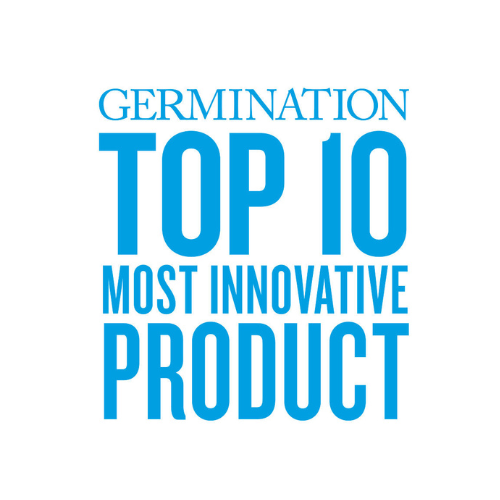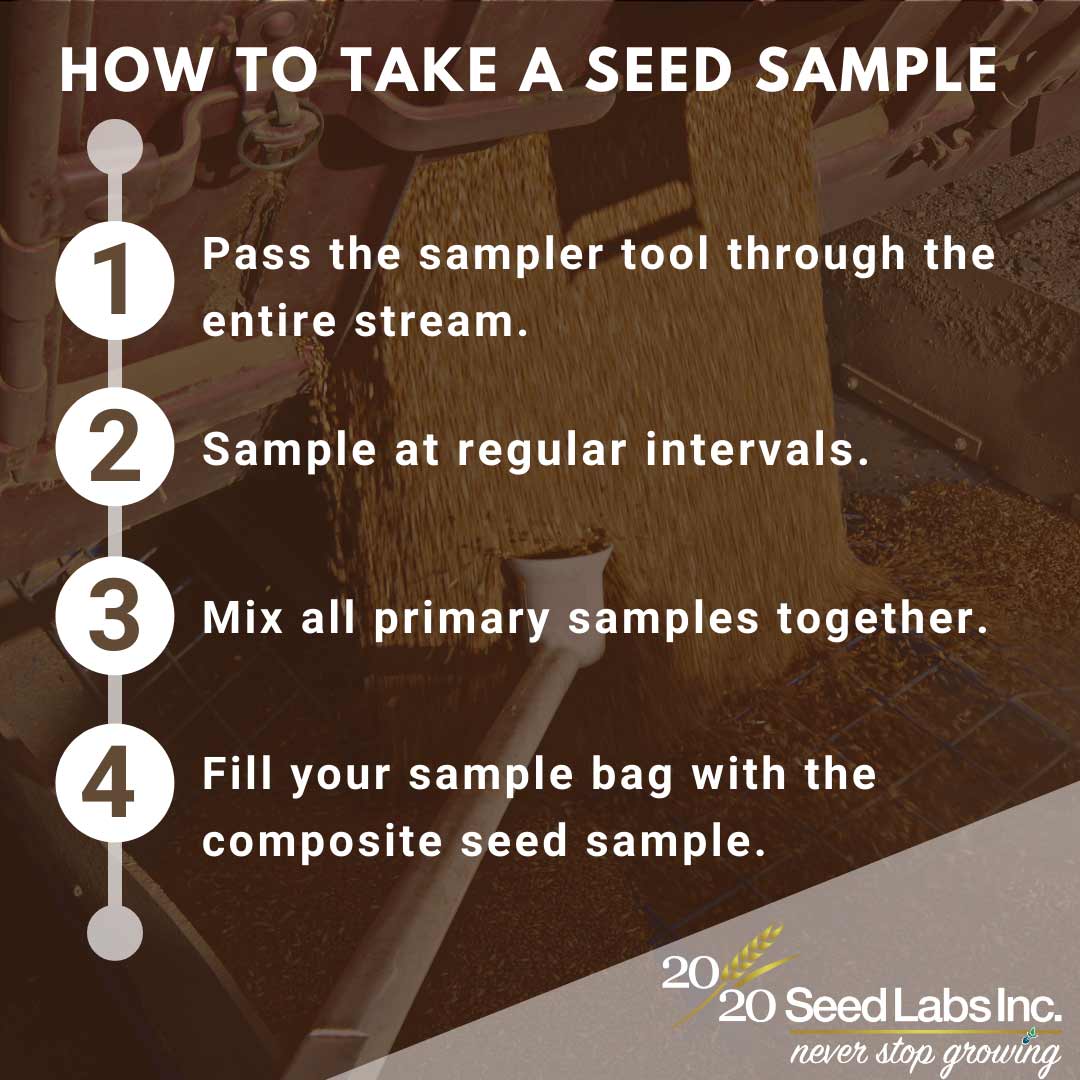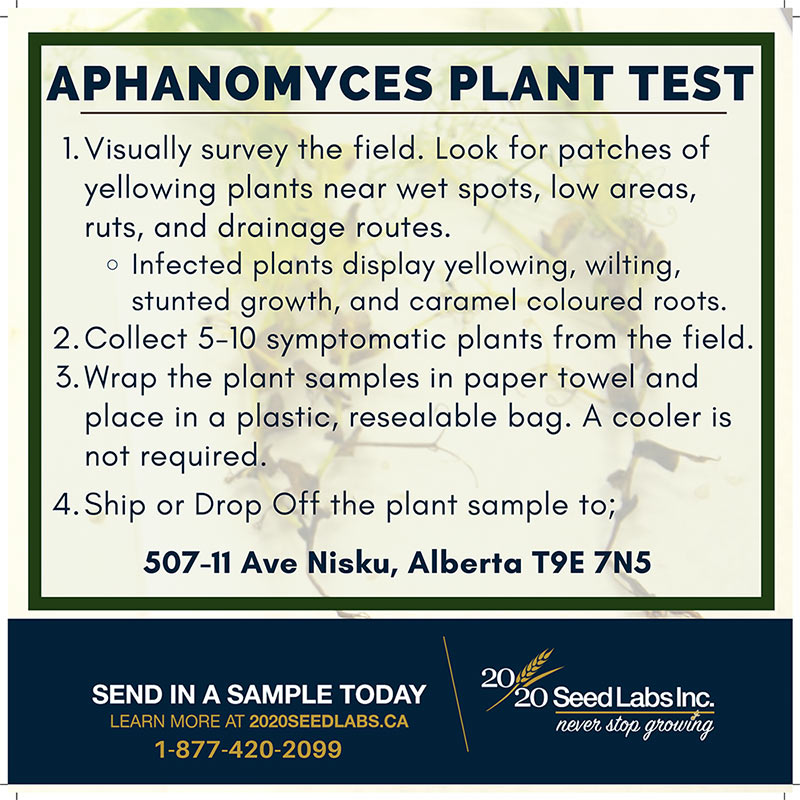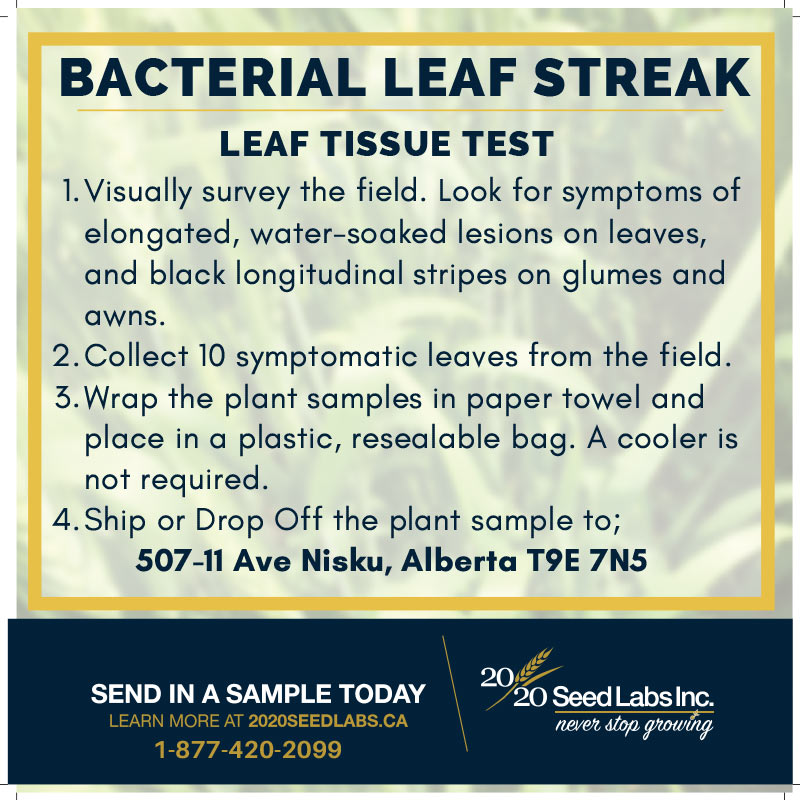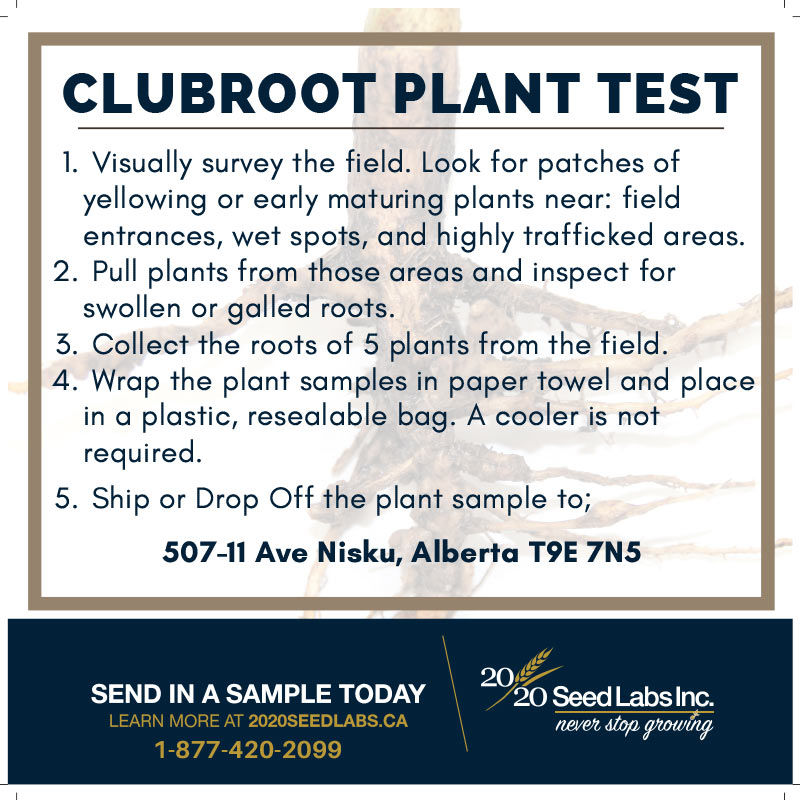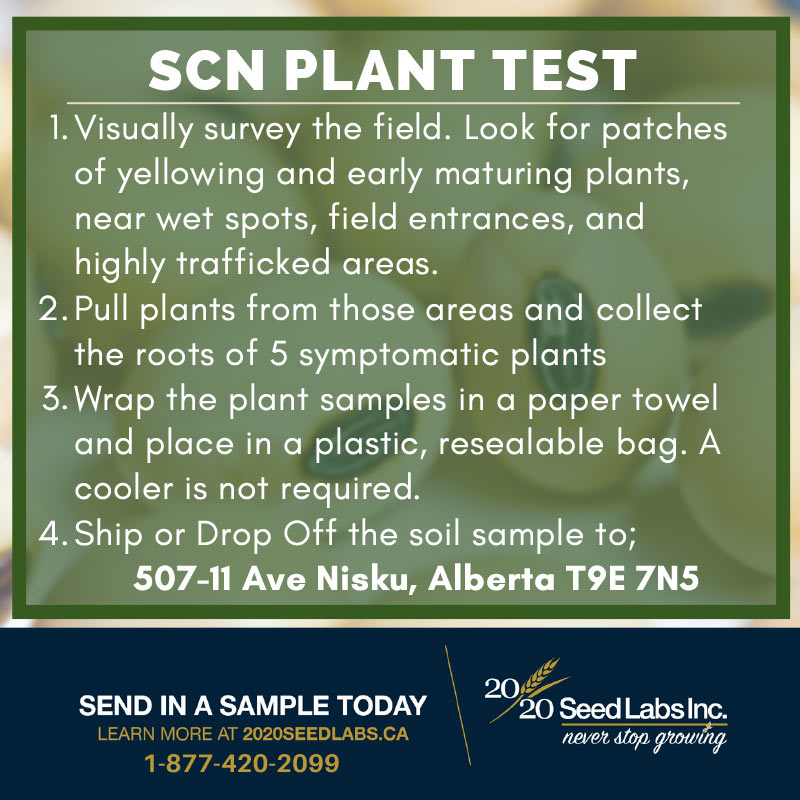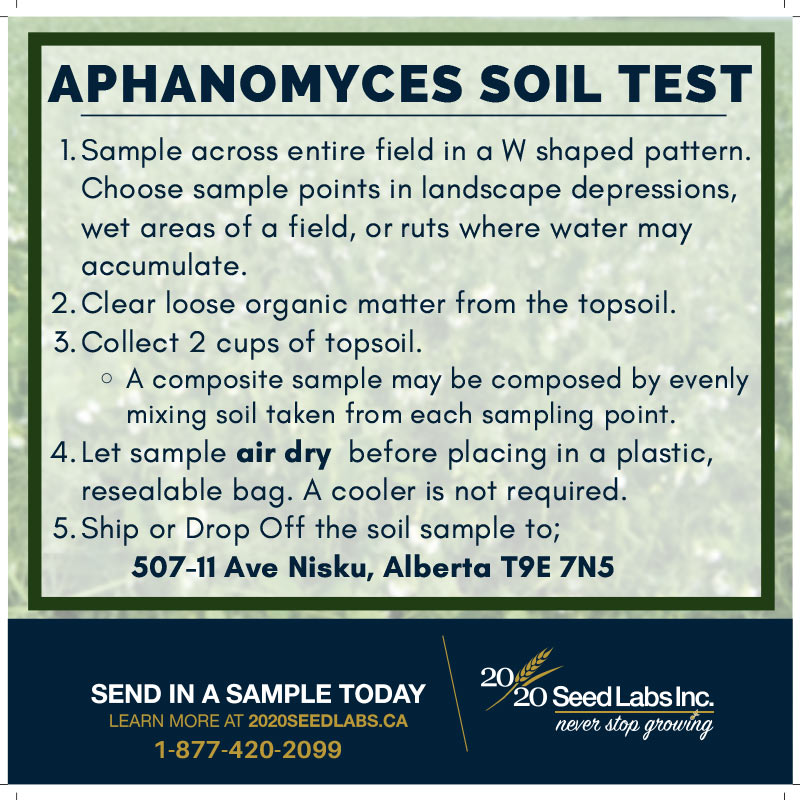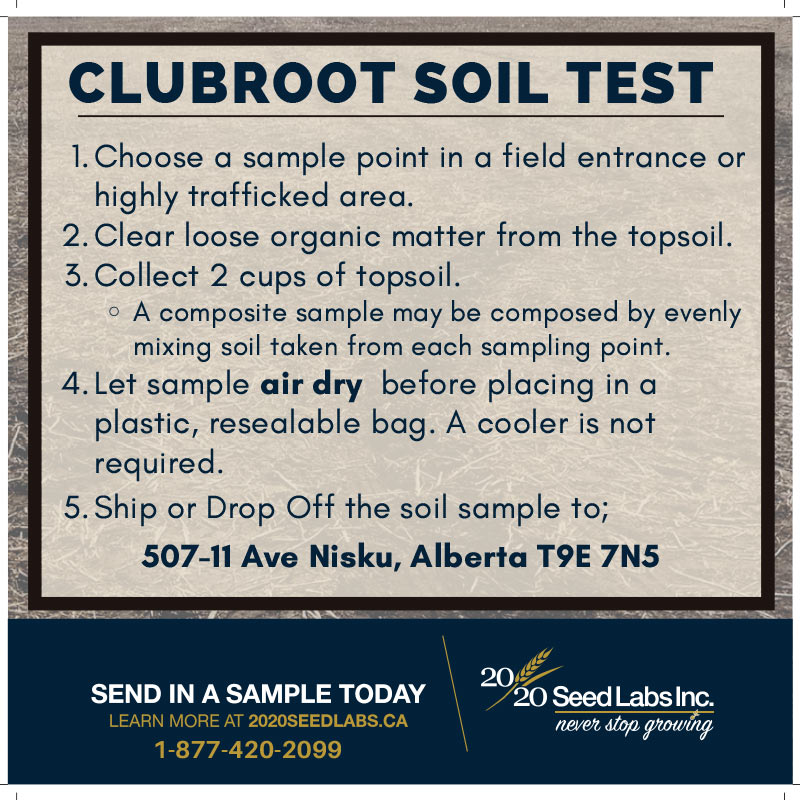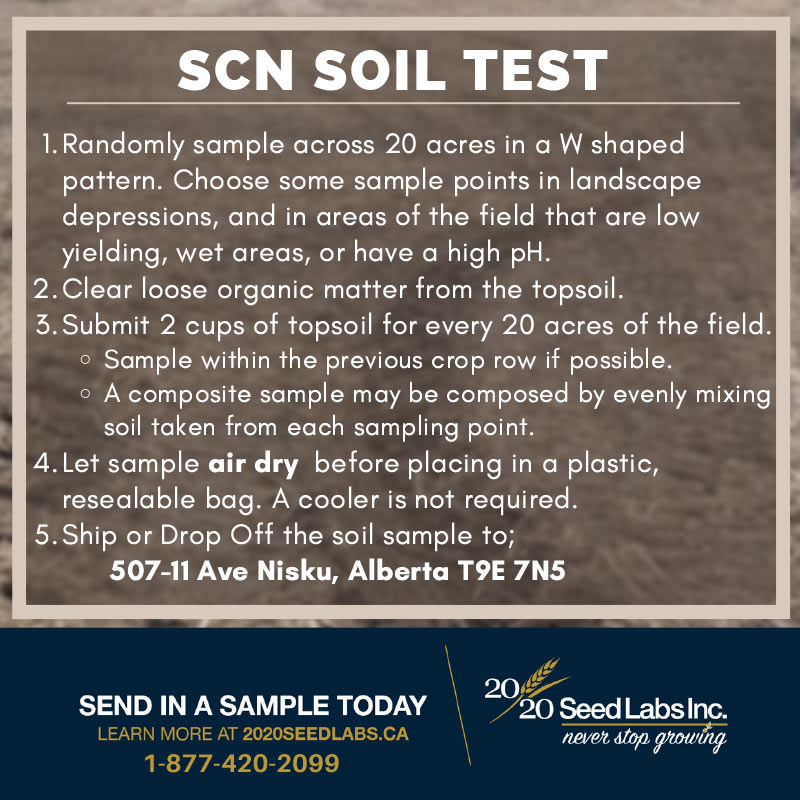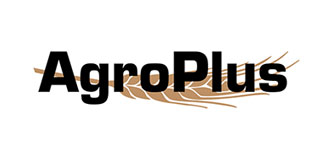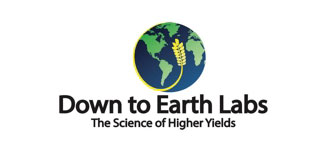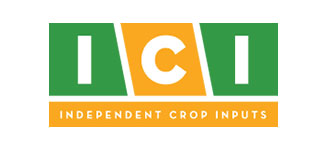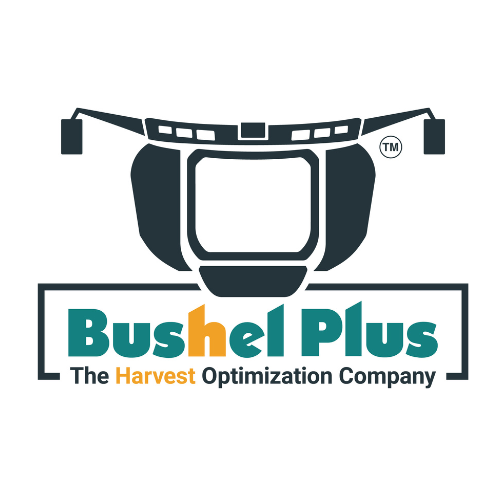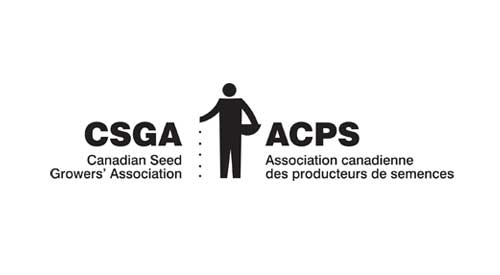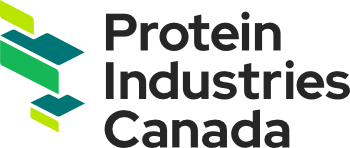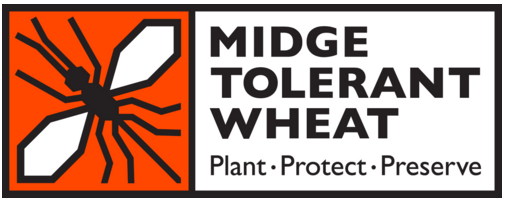For a fungal disease outbreak to occur in a crop, three key factors need to exist:
- An environment that has favorable conditions such as warm air temperature, moisture, and high relative humidity within the crop canopy.
- A susceptible host crop.
- Presence of the pathogenic fungi.
These three factors make up the crop disease triangle and are key to predicting disease risk in a field during the growing season. While dry conditions in 2021 greatly reduced the environmental aspect of the disease triangle that does not mean the risk of disease was entirely eliminated.
Occasional rains in July 2021 stimulated a high risk of Fusarium Head Blight (Fusarium graminearum) and Sclerotinia Stem Rot (Sclerotinia sclerotiorum) in certain regions of Alberta. With the Spornado Sampler and pathogen testing leading up to the fungicide spraying window, farmers and agronomists in those areas could detect pathogenic spores in the fields. Combined with the environmental conditions, they made the informed decision to spray fungicide.
In other areas where the dry conditions persisted, customers used the Spornado Sampler to further validate their decision not to spray fungicide. Pathogenic spores were not detected in the crop, and the environmental conditions for disease did not come to pass.
With uncertain environmental conditions this growing season and high costs of crop inputs, knowing IF and WHEN to spray fungicide is crucial.
At 20/20 Seed Labs, we strive to provide you solutions to make informed crop production and business decisions. This season, prepare for crop disease risk by using the Spornado Sampler to help you narrow the timing gap for when fungicide spraying is most effective. Order your Spornado Kit or additional cassettes early to be ready for this season!
Place your Spornado Order Today!

